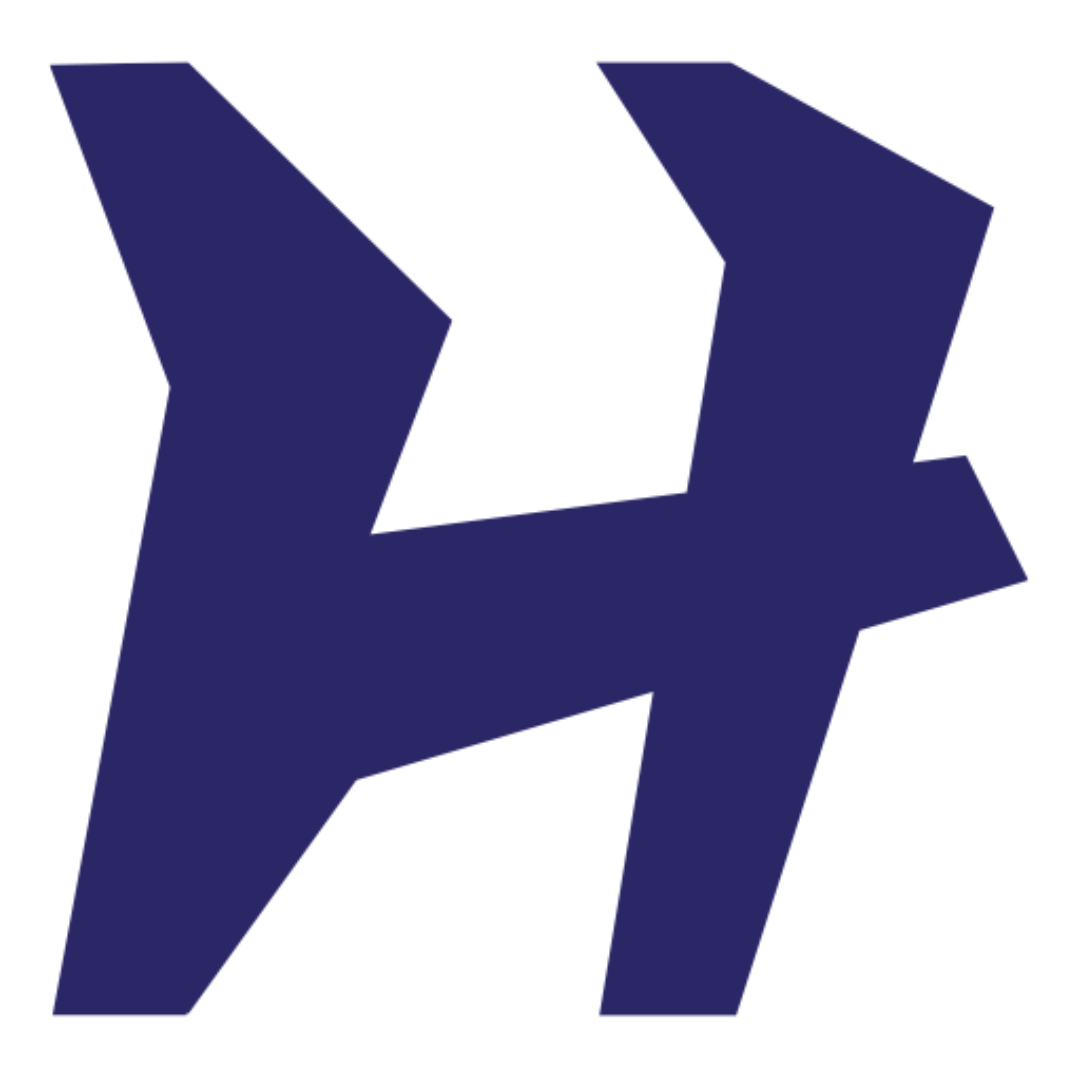All templates
Lean Project Charter

Hiro Studio
Miro Experience Designers
Hiro Studio helps organizations harness and benefit from the power of remote connection and collaboration using extraordinary and engaging Miro experiences to unlock their potential. Whether you’re a consultant or trainer exploring new ways to engage your audience, or a business looking for a game-changing way to connect with your customers and your team, Hiro Studio is here to help. It’s time to make meetings fun again.
Categories
Similar templates
Cross-Functional Flowchart
226 likes
2K uses

Lean Coffee
136 likes
2.1K uses

Lean Inception Workshop
890 likes
10K uses

Cross-Functional Flowchart
226 likes
2K uses

Lean Coffee
136 likes
2.1K uses

Lean Inception Workshop
890 likes
10K uses
